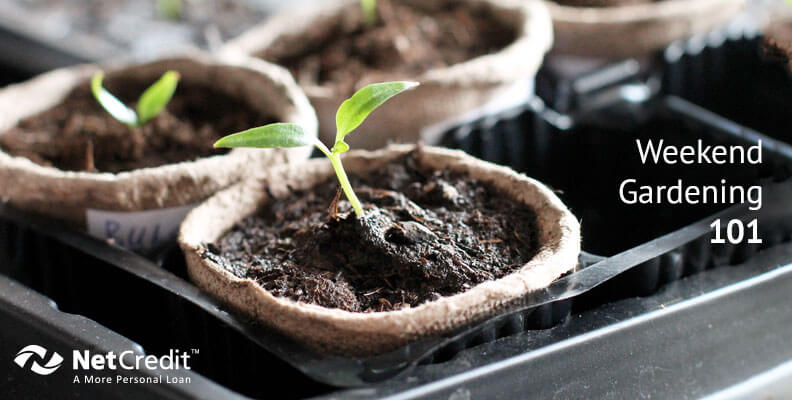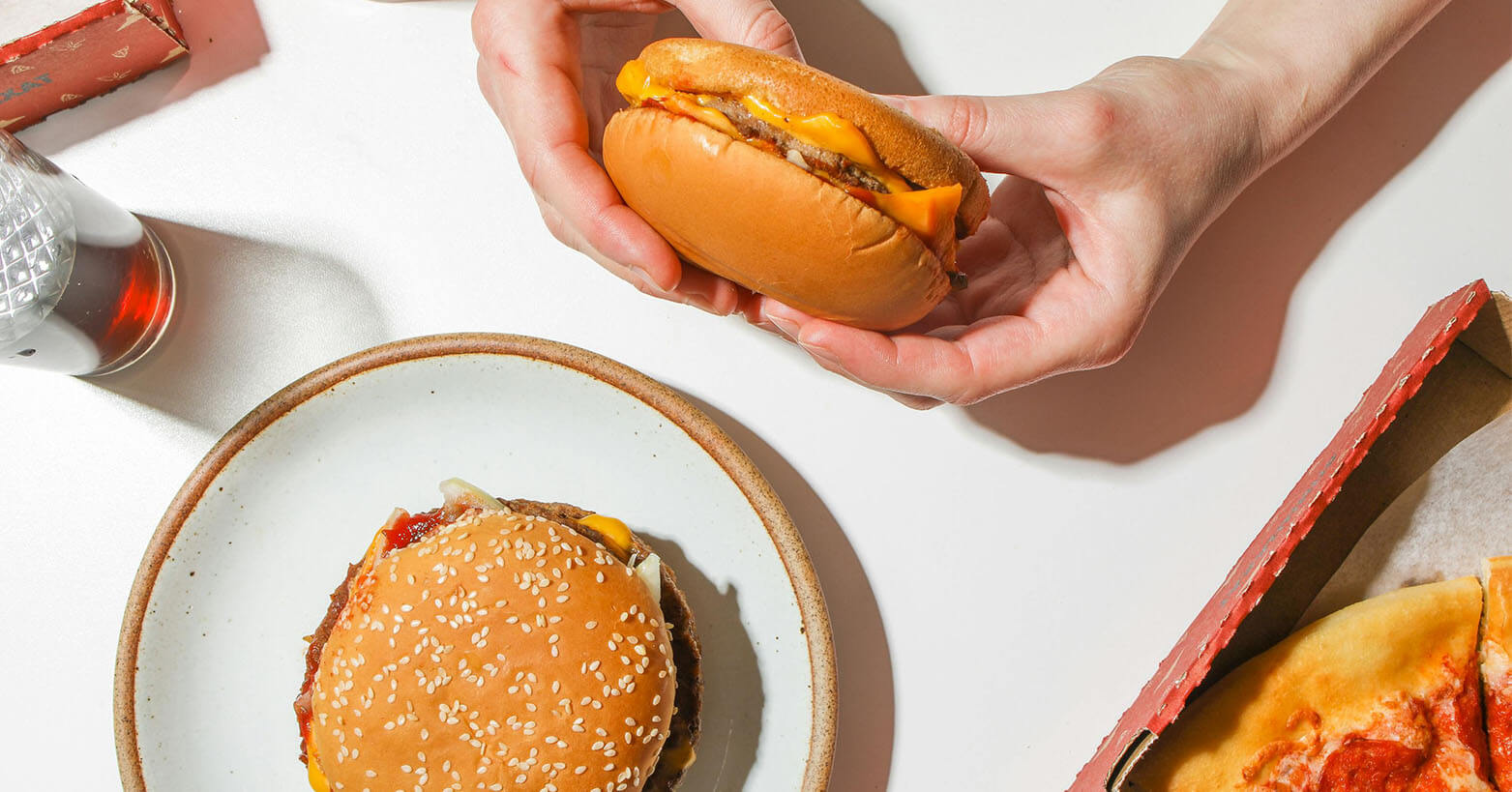
Did you know that in the United States there are more than 43 million households with food gardens?1 Don’t let that number intimidate you, because 21 percent of those households are new to food gardening!1 Have you recently been struck with a green thumb? We’ll show you how to create your first food garden — all in just one weekend.
Maximize Space
The average American food garden is between 95 square feet to 600 square feet.1 So no matter how much space you have, it’s the ideal size. However, the location of your garden is important; take into consideration the amount of sunlight it receives, how close it is to a water source and whether it’s protected from harsh winds.
Raised Beds Over Rows2
In order to maximize space in your food garden, opt for 3- or 4-foot wide raised beds instead of traditional rows. While rows are optimal for farms, the best option for home gardening is fewer rows and fewer paths between rows in order for the growing crops to have more square footage.
Grow Vertical, Not Horizontal
Other than choosing the right crops (more on that next), trellising is the most efficient way to maximize your space. Those with smaller gardens will need to rely on vertical support to grow their food. If you’re on a budget, keep in mind that the fence surrounding your garden can also be used as a trellis!
Choosing Crops1
Did you know that in 2011, 84 million acres of corn were harvested in the United States? While corn is delicious, there are also many more popular crops to select for your food garden. In the U.S., the most popular vegetables in food gardens are:
- 86% tomatoes
- 47% cucumbers
- 46% sweet peppers
- 39% beans
- 34% carrots
Summer squash, onions, lettuce and peas are also among the most popular. In order to choose what is right for your garden, decide which crops are your favorites; you’ll be eating them very often!
Keep Growing!
In order to grow continuously, you will need to plant food in succession. This means, you will need to plant the same crop in the same place every three years. In order to do this, make a map of your garden each season showing the location of your food. Since you will likely plant multiple types of vegetables, this garden plan will become priceless. Don’t rely on your memory alone!
Gardening Statistics1
If you’re still on the fence about building a food garden, take a look at these interesting figures:
- The average time spent per week food gardening? Only 5 hours!
- The typical American food gardener? 79% attended college, 54% are women and 68% are 45 years or older.
- Regional breakdown? 23% in the West, 26% in the Midwest, 29% in the South and 22% in the Northeast.
References
1Mother Nature Network. (6 June 2011). Infographic: Home gardening in the U.S. Retrieved May 12, 2015 from http://www.mnn.com/your-home/organic-farming-gardening/stories/infographic-home-gardening-in-the-us
2Gardener’s Supply Company. (2015). Vegetable gardening for beginners. Retrieved May 12, 2015 from http://www.gardeners.com/how-to/vegetable-gardening/5069.html






